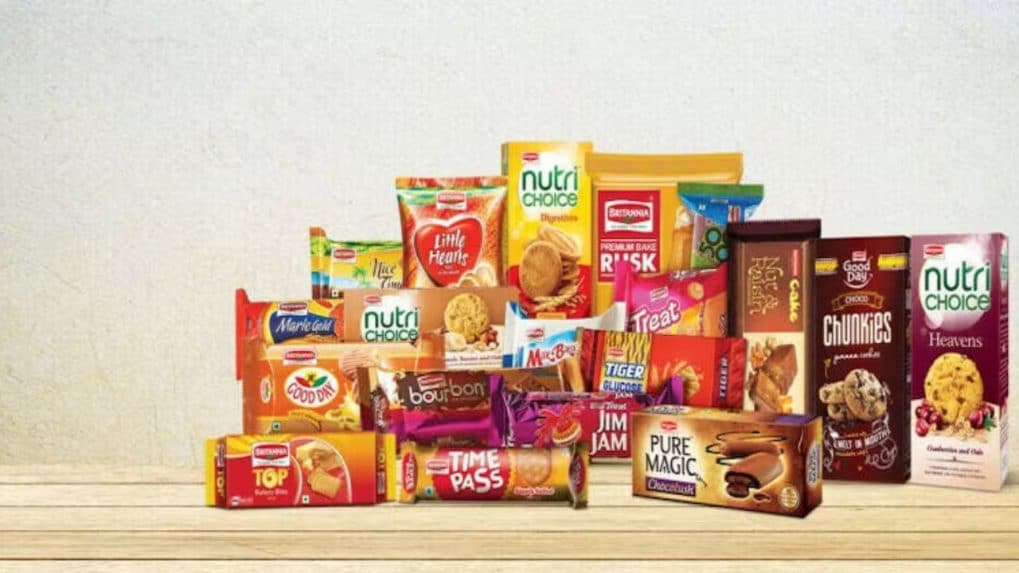How it Works
Tech layoffs 2025: The biggest job cuts in Silicon Valley and beyond

Britannia Industries Ltd is placing rural India at the centre of its growth strategy, with Vice Chairman and Managing Director Varun Berry stating the company expects half of its domestic sales to come from villages within the next three to four years, PTI reported.
Once considered an urban-centric brand, Britannia now derives around 40% of its sales from rural markets—up sharply from 25% a few years ago. Rural demand is also growing faster than urban, a trend the maker of Good Day, Marie Gold and Tiger biscuits expects will continue.
“Our split between urban and rural was 75:25 earlier. Today, it’s 60:40. Ideally, we should be getting close to 50:50, given the consumption potential and distribution opportunities,” Berry told PTI.
The company is betting on deeper penetration to fuel this growth. Currently reaching three million retail outlets across India, Britannia plans to add about 1,00,000 outlets annually, with a sharper focus on villages with populations below 3,000. The push is aimed at creating a direct distribution network to ensure a “continuous stream” of products, reducing dependence on wholesalers.
According to Berry, rural consumers today aspire to the same products as their urban counterparts. “They also want smartphones. They want to consume the best biscuits. Maybe not all the time, but they want it to be part of their repertoire,” he said.
Britannia’s standalone domestic revenue stood at Rs 17,295.92 crore in FY25. While rural demand delivered double-digit growth in the April–June quarter, urban consumption slowed amid rising real estate prices and higher rentals. Berry, however, expressed hope that the recent GST reforms would provide some relief to urban buyers.
On retail channels, Berry acknowledged the growing role of quick commerce in big cities but downplayed its overall impact. “Q-com and e-com together make up just 4% of our revenue. Ninety-six per cent still comes from our distribution muscle,” he noted.
Today’s B2B marketers wear many hats: strategist, technologist, and storyteller.
Read MoreThe Online Gaming Bill 2025 imposes severe penalties, allows warrantless search and seizure, and empowers a central authority to regulate the digital gaming ecosystem. It is expected to disrupt platforms, payment systems, and advertising in the sector. Here's all you need to know about the bill.